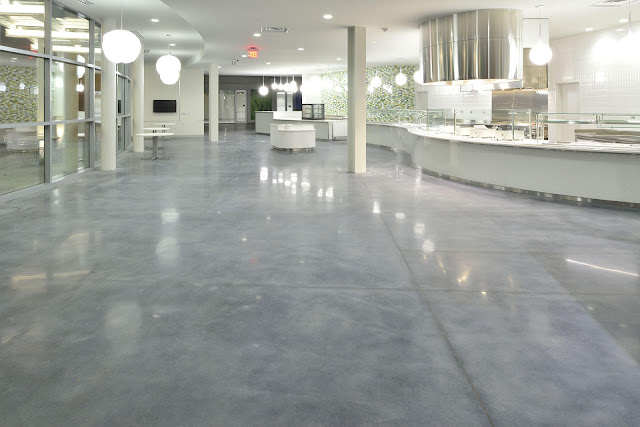Common Timber Floor Installation Mistakes to Avoid
Are you planning to give your home a stunning makeover with a beautiful timber floor? Timber floors are a timeless and elegant choice, but achieving that perfect finish requires careful planning and execution.
In this blog post, we will explore the most common timber floor installation Melbourne mistakes that you should steer clear of to ensure a flawless result. So, let's dive right in and make your timber floor installation a smooth sailing process!
1. Skipping the Preparation Phase
Timber floor installation may sound straightforward, but the first and most crucial step is often underestimated - preparation. Skipping this phase can lead to a host of problems down the road. Before you even think about laying down those gorgeous timber planks, ensure your subfloor is clean, level, and dry.
Moisture and uneven surfaces can wreak havoc on your installation, causing warping and squeaky floors. Take the time to prep your subfloor properly to create a solid foundation for your timber floor.
2. Neglecting Acclimation
One of the key factors for a successful timber floor installation Melbourne is allowing the timber planks to acclimate to the environment where they will be installed. Neglecting this step can lead to issues like buckling and gaps in your flooring. Timber is a natural material that can expand or contract based on temperature and humidity, so it's crucial to let it adjust to the conditions of your home.
Follow the manufacturer's recommendations for acclimation time, and you'll be one step closer to a flawless installation.
3. Poor Quality Underlayment
Underlayment is the unsung hero of a timber floor installation. It may not be visible, but it plays a vital role in ensuring your floor remains stable and comfortable to walk on. Choosing a low-quality underlayment or neglecting it altogether can result in an uneven surface and increased noise.
Invest in a high-quality underlayment that suits your flooring type to provide the necessary support and sound absorption.
4. Incorrect Installation Pattern
The installation pattern you choose can significantly impact the overall look and longevity of your timber floor. Many DIY enthusiasts and even some professionals make the mistake of installing all the planks in a straight line from wall to wall.
While this may seem like the easiest approach, it can make any imperfections in your subfloor more visible and result in a monotonous appearance. Opt for staggered patterns or herringbone designs to add character and disguise any minor flaws.
5. Inadequate Expansion Gaps
Timber is a living material that expands and contracts with changes in temperature and humidity. Failure to leave sufficient expansion gaps around the perimeter of your room can lead to serious issues. If there's no room for the timber to move, it can buckle or cause your floor to lift.
To avoid this, use spacers when installing your floor, and be sure to consult the manufacturer's guidelines for the recommended gap size.
Conclusion
Achieving a flawless timber floor installation Melbourne requires careful planning and attention to detail. By avoiding these common mistakes - skipping preparation, neglecting acclimation, using poor-quality underlayment, choosing the wrong installation pattern, and forgetting expansion gaps - you can ensure that your timber floor not only looks stunning but also stands the test of time.
So, roll up your sleeves, take your time, and enjoy the process of transforming your space with beautiful timber flooring.




Comments
Post a Comment